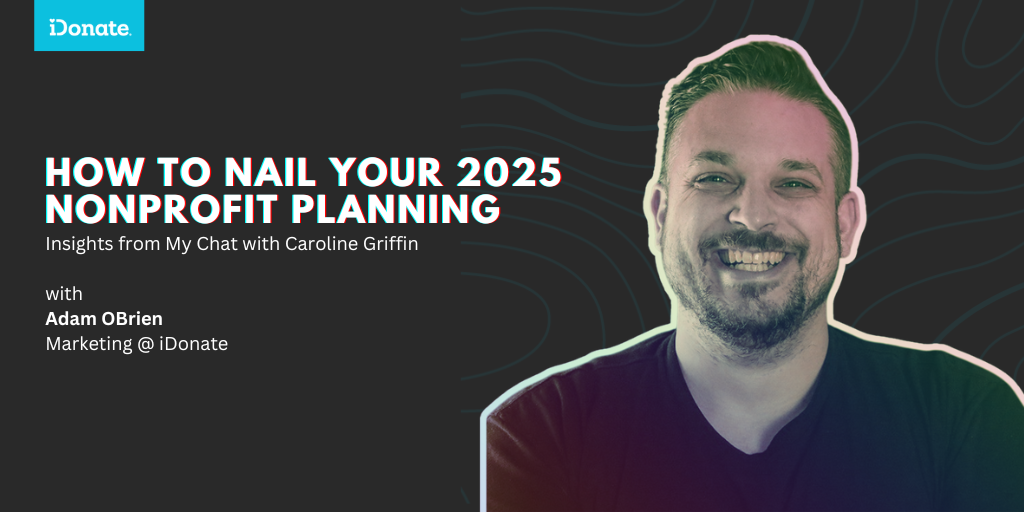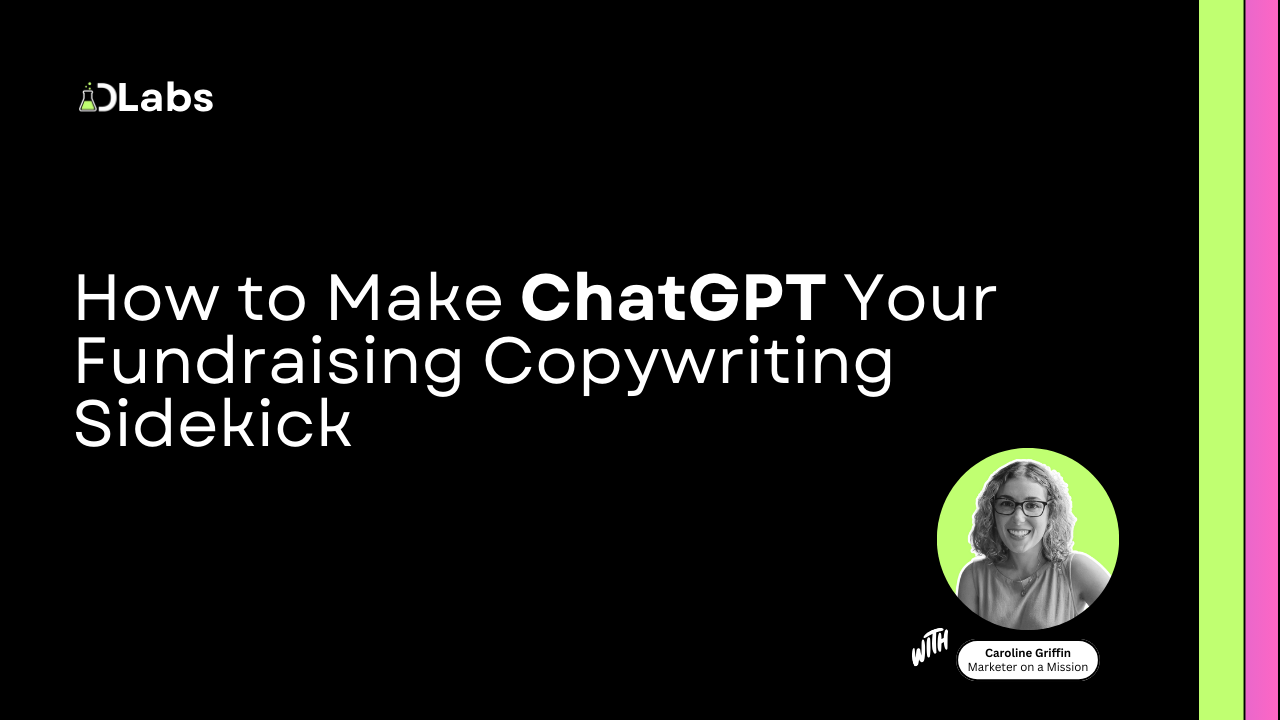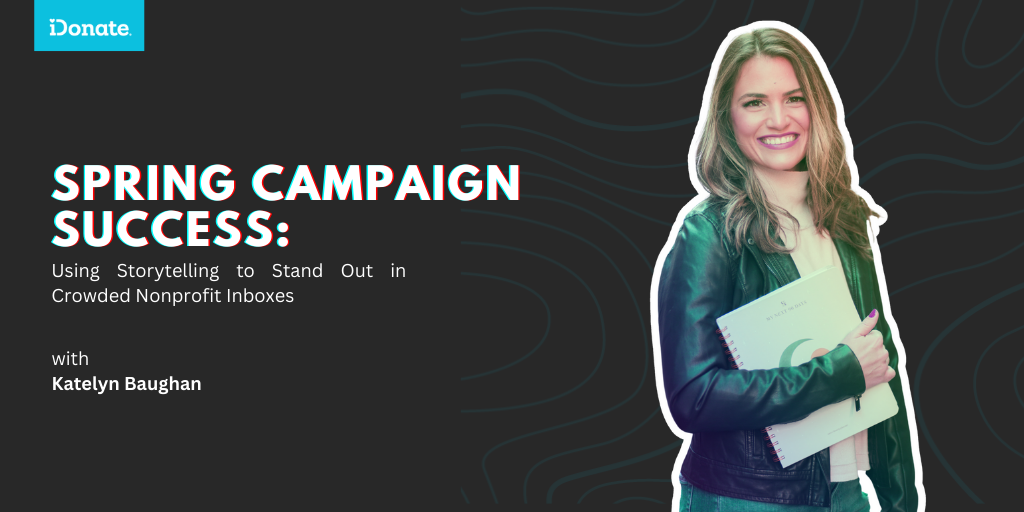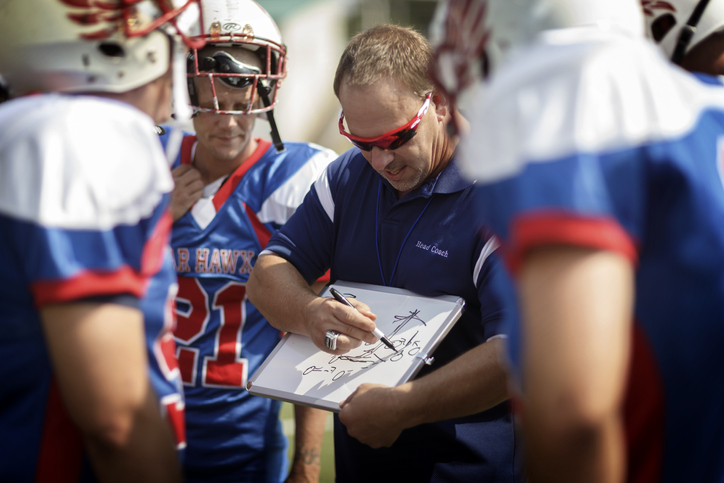How to Make ChatGPT Your Fundraising Copywriting Sidekick
I’ve been hearing versions of this quote a lot lately:

Use no-code tools to quickly build donation page variants, launch A/B tests, and get clear results that help you drive more donor conversions with a single platform.
New to online donation pages for your nonprofit? Start here.
Donation page A/B testing - no science degree needed.
Keep your donation page loading fast - and drive higher conversions.
2 min read
 Adam OBrien
:
January 21
Adam OBrien
:
January 21

Recently, I had the privilege of sitting down with Caroline Griffin, the brilliant mind behind Marketer on a Mission. Caroline brings a wealth of experience and insights to the table, having worked both in-house and agency-side for nonprofits. Our conversation covered everything from 2025 nonprofit planning strategies to leveraging tools and tech to hit ambitious goals.
If you’re a nonprofit leader or fundraiser thinking about how to craft a strategic, effective plan for the upcoming year, this post is for you.
It’s not just about having a plan; it’s about having the right plan. As Caroline highlighted, nonprofits that commit to planning are 313% more likely to achieve their fundraising goals. Let that sink in—313%!
But planning isn’t just about numbers; it’s about focus. Too often, nonprofits juggle seven different goals at once, from donor acquisition to growing a monthly giving program. Caroline suggests flipping the script by choosing one overarching theme that aligns with your mission for the year. Think of it as your guiding star—everything else follows from there.
Caroline and I outlined a practical approach to yearly planning that nonprofit teams of any size can follow:
Ask yourself, what’s the one thing your organization needs to achieve this year? Is it opening a new mission site, expanding your donor base, or growing recurring revenue streams?
From there, work backward. Define the fundraising dollars required and map out the activities that support these goals.
Before you dive into planning, look back at the previous year. Which channels consistently delivered results? Which campaigns resonated most with your audience? As Caroline shared, a yearly audit is crucial—start with your top-performing evergreen content and campaign data.
Instead of trying to do everything at once, break your plan into quarters. For example:
This approach lets you test, learn, and adjust as you go.
One of my favorite parts of our discussion was the emphasis on testing. Whether it’s A/B testing your email subject lines or trying new lead-generation tools, experimentation should be baked into your plan. Caroline’s advice? “Test something big or small every week.”
By gathering insights all year, you’ll have a goldmine of data to draw from when crafting those pivotal year-end appeals.
The right tech stack can make or break your nonprofit’s efficiency. While I’m partial to tools like iDonate (no bias, right?), Caroline shared some great recommendations for budget-conscious nonprofits:
Caroline and I wrapped up our conversation with a reminder that nonprofit planning is never truly “done.” It’s a dynamic process, one that requires flexibility, creativity, and yes—a bit of trial and error.
If you’re looking for more tactical advice, Caroline offers an excellent campaign planning workbook on her site.
You can also find her on LinkedIn or visit Marketer on a Mission.

I’ve been hearing versions of this quote a lot lately:

In the digital fundraising landscape, nonprofits with compelling stories see higher donation completion rates than those relying on facts alone. As...

You may have heard a famous quote that says, “Failing to plan is planning to fail.” In layman’s terms, if you don’t have a plan, your chances of...